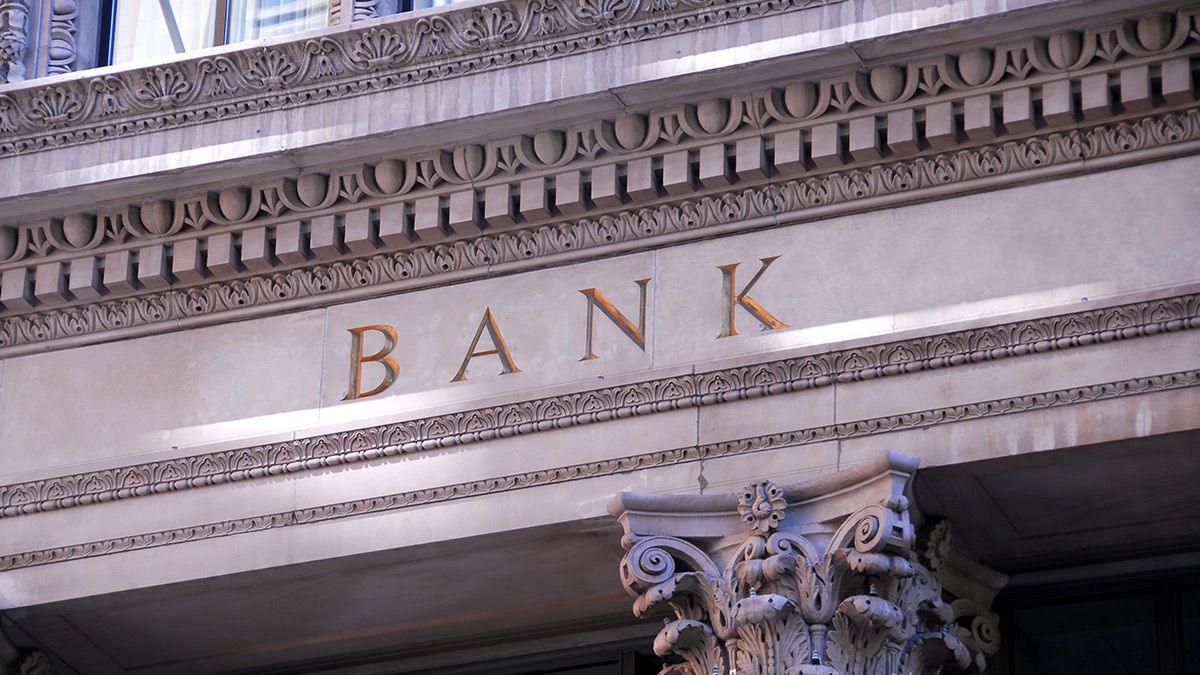You’ve probably heard a statistic thrown about the percentage of small businesses that fail within the first year, and while that number changes depending on several variables, it’s always astronomically high.
According to the U.S. Bureau of Labor Statistics (BLS), the failure rate for new businesses is roughly 20% in the first two years, 45% in the first five years, and 65% in the first 10 years. Only 25% of new businesses survive 15 years or more.
These statistics have remained relatively consistent since the 1990s.
Now, this is not going to be a math lesson. I hate math as much as you probably do. But we will be using a math term you’ve probably heard before—common denominator.
There is a common denominator in these failed small businesses, and it’s that they all lacked sufficient capital.
This means that many of them didn’t have to go bankrupt. If they had the capital they needed to keep their businesses running, it may have changed the financial trajectory of the founders family, employees, and vendors for generations to come. Unfortunately, they didn’t know how or where to get the funding they needed to keep their company afloat during the economic downturns they faced, and the end result was bankruptcy and financial damage.
Today, we’re knee deep in another economic downturn and things are already getting tight for many business owners.
This difference this time around is that despite what you may have believed, there is plenty of credit available for your business, and knowing both where and how to apply can mean the difference between withering away or thriving through the economic challenges we all will face over the coming years.
So let’s break down exactly how to get funding for your business during an economic downturn.
The first thing you need to know is that you will need good personal credit, and you’ll also be required to sign a personal guarantee.
Despite what those people trying to sell you some $47 credit ebook on TikTok might tell you—yes, you will still need to provide a personal guarantee even for your business credit. This may not always be the case, but it absolutely will be for the first several years. And while you can develop a strong credit profile that reduces the need for a personal guarantee (also known as a PG) in some cases, there will always be some creditors who will require it. And don’t worry—your business credit won’t show up on your personal credit report. Lenders are only using your personal credit to determine your ability to repay the debt in the event that your business can’t. (Hence the PG.)
Next, you’ll need to decide if you want to DIY your business credit or hire a firm to handle it for you.
If you’re going to DIY, and you certainly can, you’ll need to allocate the appropriate time for research and planning. Lenders are constantly creating new offers and eliminating existing ones, so you will be starting from scratch each time you seek new credit. This research is critical to find the right credit options for your unique situation though, because you can’t just apply for everything. That’s both because you don’t have enough time and because lenders will only give you so much credit at a time, so you need to make sure you can utilize the credit you’re applying for effectively.
If you’re hiring a firm to secure credit for your business, you won’t need to worry about research or planning because you’re paying for their expertise and manpower. They will also be able to pull a more complete credit profile than you can on your own, which means they’ll be able to secure more credit for you, and faster than you can on your own. But you will need to make sure you’re hiring a reputable firm, and that they have experience getting funding specifically for businesses like yours, so be sure to look for positive reviews, and if possible, talk to past clients.
In either case, your strategy here is key.
You’ll want to identify the best credit products for your unique situation. When we talk about business credit, most people think of more traditional choices—usually traditional bank loans, and while these can serve a particular role, there are often better choices. We typically recommend business credit cards, which can be used in the same way as cash or checks to purchase almost anything for your business except crypto or anything in the cannabis industry.
You need to start long before you need funding, though, because whether you DIY or hire a firm, it takes time to go through the entire process. I usually tell our clients they can expect to acquire $250,000 in funding within six months if it’s approached correctly. That means applying strategically, and then utilizing that credit in a way that maximizes your business credit score so you can secure more.
This is an area where businesses and personal credit function very differently, and it’s something most people don’t know about.
In a nutshell, the more aggressively you use your business credit, the more your lenders will make available to you. Unlike on the personal side, you can run your business credit up to the limit every month with no negative consequences, although I don’t recommend this. Doing this will actually improve your score. *Note: I don’t recommend this because it puts a lot of pressure on your budget in the event of a further slowdown or unexpected expenses.
And relationships matter a lot here. In fact, unlike your personal credit, business creditors are often willing to lend considerable amounts of money to borrowers who already have a good history with them even if they have delinquent accounts with other lenders. That’s why it’s so important to communicate with your current creditors regularly and maintain your account in good standing.
What I tell clients who want to maximize their score and acquire more credit is to use their credit up to around 50% of their limits and pay it down each month. Then, when you’re getting ready to request a limit increase, run your balance up closer to the limit and pay it off in each of the two or three months before asking, which you can do about every four months.
With the direction the economy is going, I expect many more business owners to face increasing financial challenges. This will lead to more businesses collapsing, but it will also lead to more opportunities for those that survive—and the key to that may be funding. To secure that funding, you should start early, nurture relationships with your creditors, and then use your business credit aggressively and consistently.
- Pulling business credit report (but it will be missing critical information and not run through reporting algo)
- D&B
- LexusNexus
- Pull personal credit report
- Make sure both reports are accurate, fix before applying if not)
- Need 25% ownership, and anyone at 25% or more needs to be included
- Acquire trade lines (Need to know who reports)
- Small suppliers
- Vendors/service providers (no PGs)
- Business CCs
- Use tradelines properly
- Use aggressively, esp. in beginning
- 50% utilization (only applicable when applying)
- 4 MOs between applying and requesting increase
- Repeat













